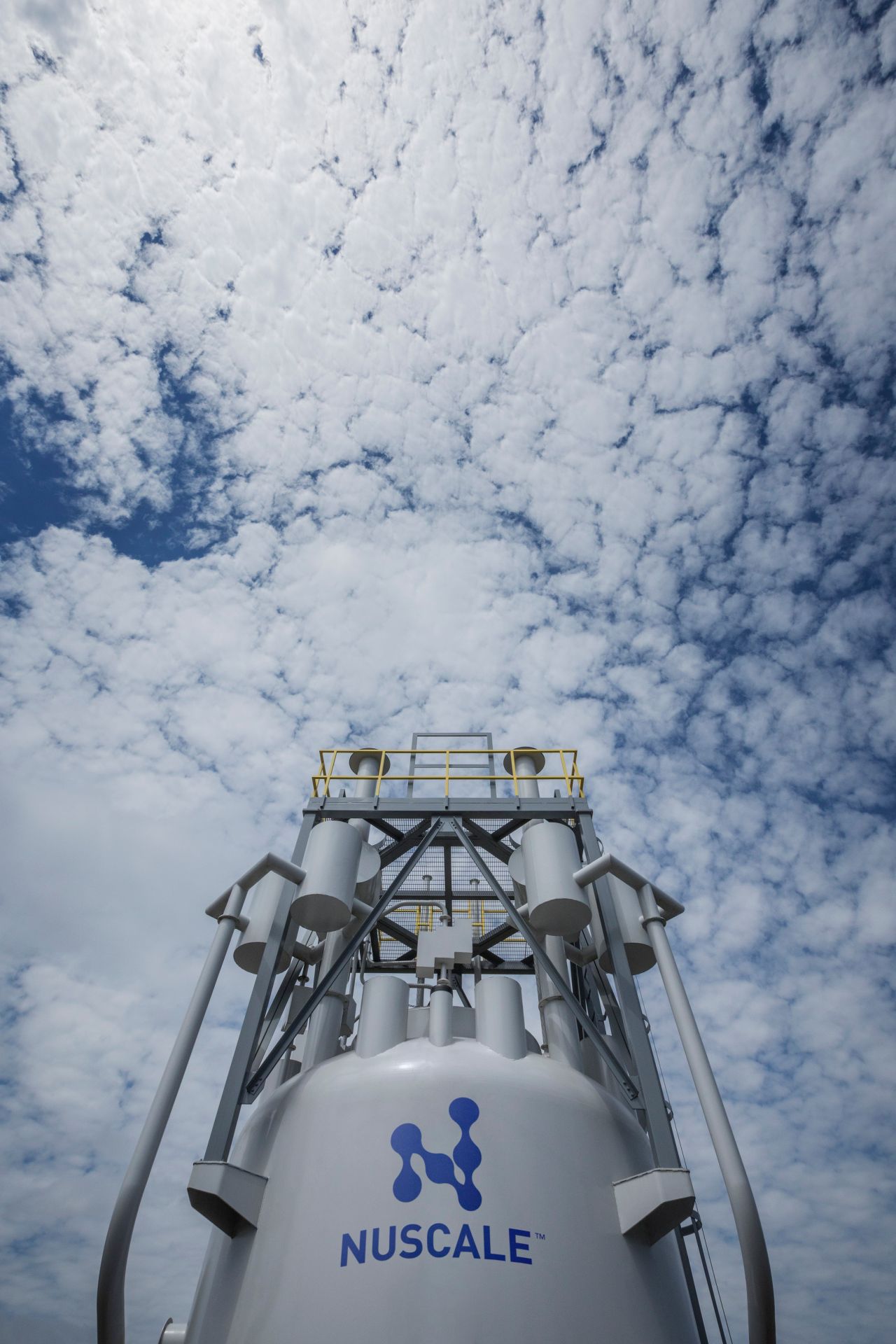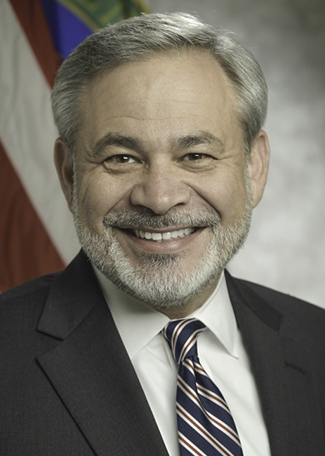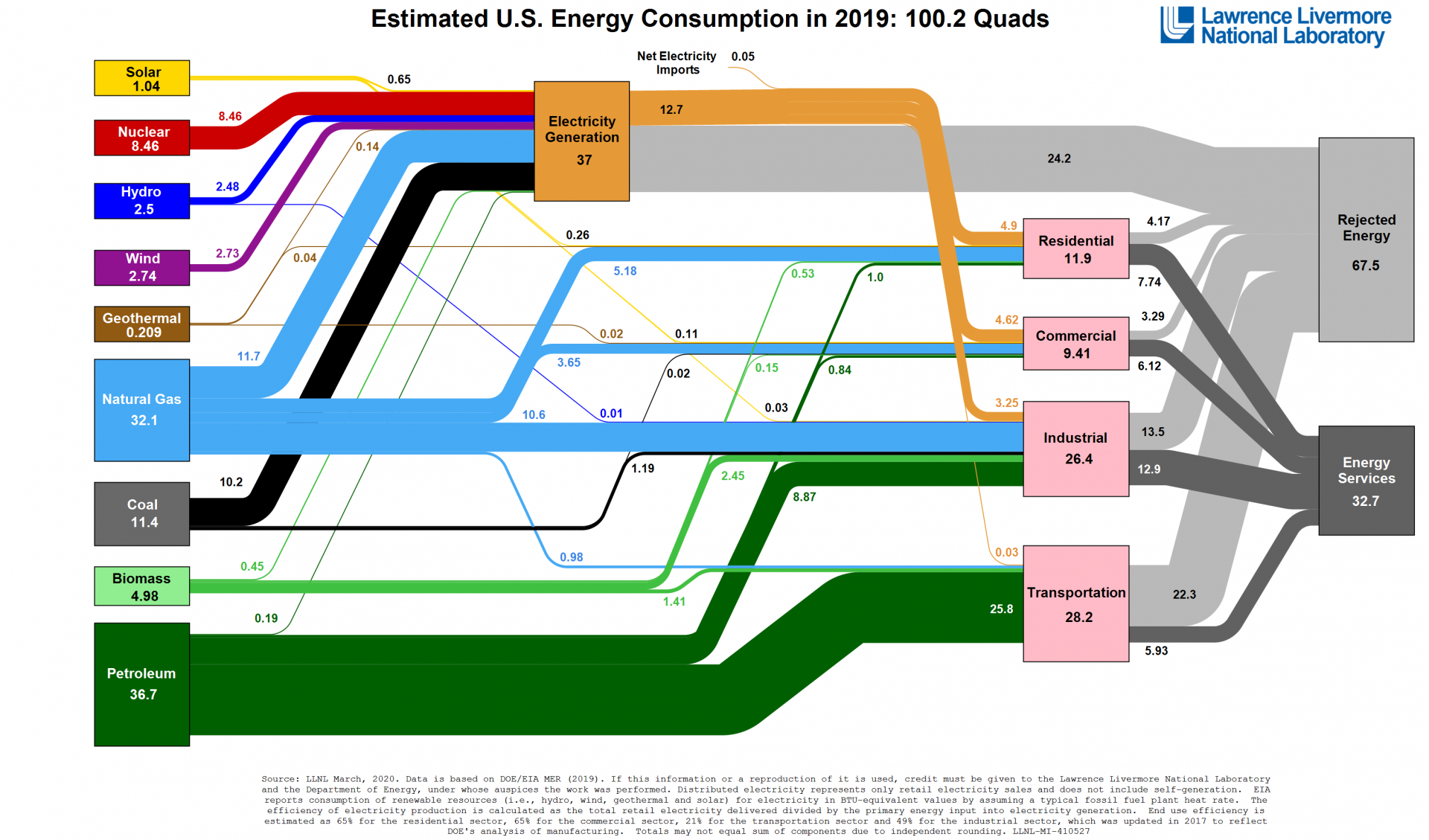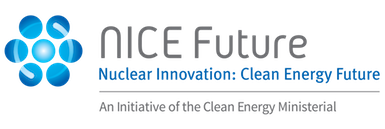
Full-scale mockup of the upper third of the NuScale Power Module. Photo: NuScale
With a design that has just emerged from a rigorous safety evaluation by the Nuclear Regulatory Commission, and a customer—Utah Associated Municipal Power Systems (UAMPS)—getting ready to prepare a combined license (COL) application, what is next for Oregon-based NuScale Power and for near-term small modular reactor prospects in the United States? As milestones are reached, many want to know.
NuScale plans to supply twelve 60-MWe modules for a 720-MWe plant—called the Carbon Free Power Project (CFPP) by UAMPS—to be sited at Idaho National Laboratory. A smaller, 50-MWe module version of NuScale’s design recently became the first SMR to receive a final safety evaluation report (FSER) from the Nuclear Regulatory Commission.
“The NRC design approval represents a significant de-risking factor for the CFPP,” said UAMPS spokesperson LaVarr Webb. The project is “making steady progress,” Webb said, adding that “UAMPS General Manager and CEO Doug Hunter has said it is much more important to do the project right than to do it fast.”






